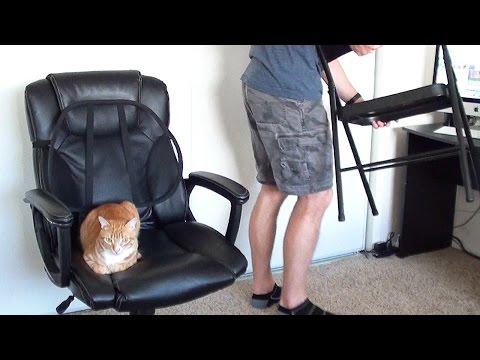Porcupines Give You 30,000 Reasons to Back Off
Description
Porcupines may be adorable, but their quills are razor-sharp, designed to impale and next to impossible to remove. But it's not all bad news. Researchers are designing new surgical staples that mimic the quill's shape to better close wounds and promote healing.
See how it works in today's video.
The quills of North American porcupines have microscopic backward-facing barbs on the tips. Those barbs make the quills slide in easy but very difficult to remove.
Researchers at Harvard are looking to porcupine quills for inspiration in designing a new type of surgical staple that would also use tiny barbs to keep itself lodged into the patient’s skin. This helps because traditional staples curve in under the skin to keep the staple in place. This creates more damage and can provide a place for bacteria to infect the wound.
--- How do porcupines defend themselves?
If threatened, a porcupine will bristle, raising its quills. The quills are densest in an area on the porcupine's back called the rosette. The quills are coated in a grease secreted by the porcupine’s skin. When the porcupine exposes its quills it releases a musky odor unique to porcupines that serves as a warning.
The porcupine turns so that it’s head faces away from the attacker and chatters its teeth to make an audible warning. If that’s not enough, he porcupine will use its muscular tail, covered in quills, to slap their attacker if they get too close.
--- Do porcupines shoot their quills?
Porcupines do not shoot their quills out. That’s a myth. Porcupine quills are held by their skin in a way that makes them difficult to fall out unless pushed in first, usually by contact with an attacker. The tail moves so quickly that it can appear that it is shooting the quills out.

























